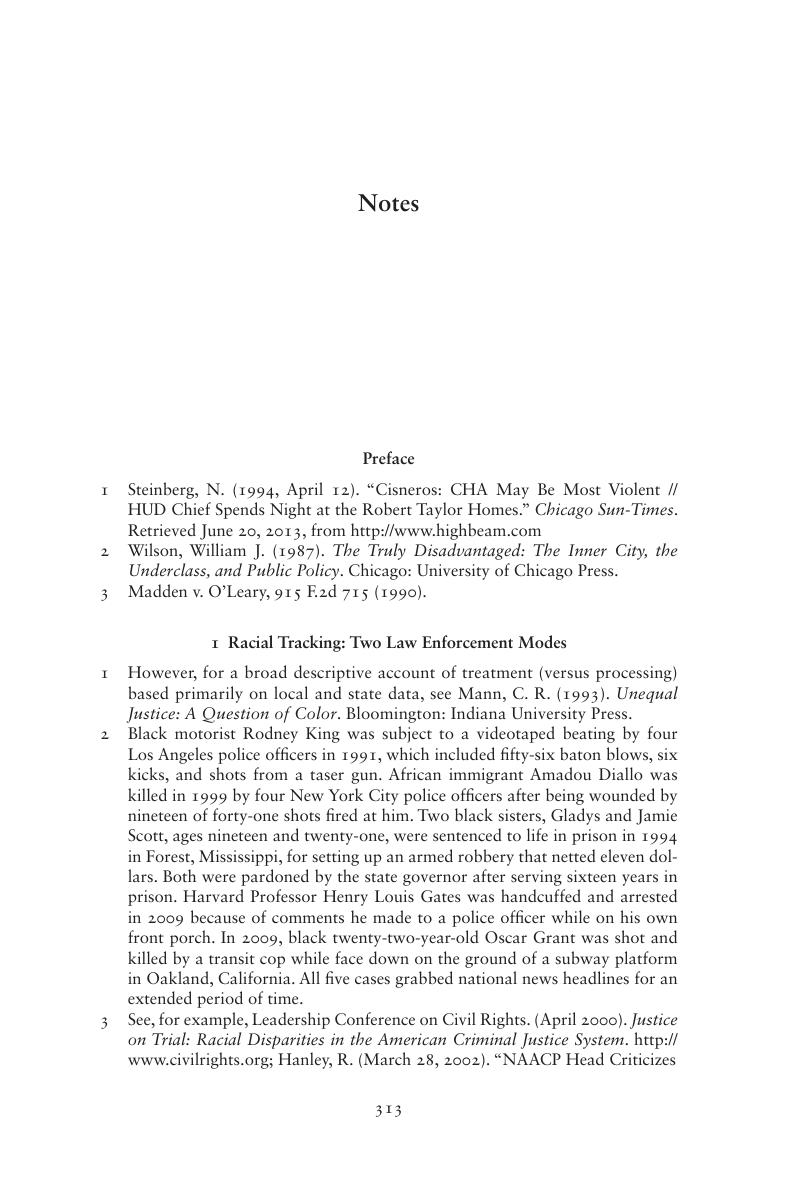Book contents
- Frontmatter
- Dedication
- Contents
- List of Figures
- List of Tables
- Preface
- 1 Racial Tracking
- 2 Policy Process Theory of Racial Tracking
- 3 A Color-Blind Problem
- 4 Opportunities for Change
- 5 Congress as Power Player
- 6 The Politics Principle and the Party Playbook
- 7 Public Origins
- 8 Streams of Thought
- Appendix Methodology for Hearings Analysis
- Notes
- Index
- References
Notes
Published online by Cambridge University Press: 05 February 2015
- Frontmatter
- Dedication
- Contents
- List of Figures
- List of Tables
- Preface
- 1 Racial Tracking
- 2 Policy Process Theory of Racial Tracking
- 3 A Color-Blind Problem
- 4 Opportunities for Change
- 5 Congress as Power Player
- 6 The Politics Principle and the Party Playbook
- 7 Public Origins
- 8 Streams of Thought
- Appendix Methodology for Hearings Analysis
- Notes
- Index
- References
Summary

- Type
- Chapter
- Information
- Publisher: Cambridge University PressPrint publication year: 2015



